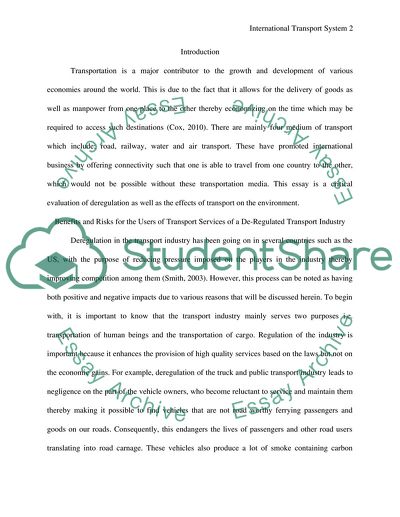Cite this document
(International Transport System Admission/Application Essay, n.d.)
International Transport System Admission/Application Essay. Retrieved from https://studentshare.org/social-science/1739004-international-transport-system
International Transport System Admission/Application Essay. Retrieved from https://studentshare.org/social-science/1739004-international-transport-system
(International Transport System Admission/Application Essay)
International Transport System Admission/Application Essay. https://studentshare.org/social-science/1739004-international-transport-system.
International Transport System Admission/Application Essay. https://studentshare.org/social-science/1739004-international-transport-system.
“International Transport System Admission/Application Essay”, n.d. https://studentshare.org/social-science/1739004-international-transport-system.


